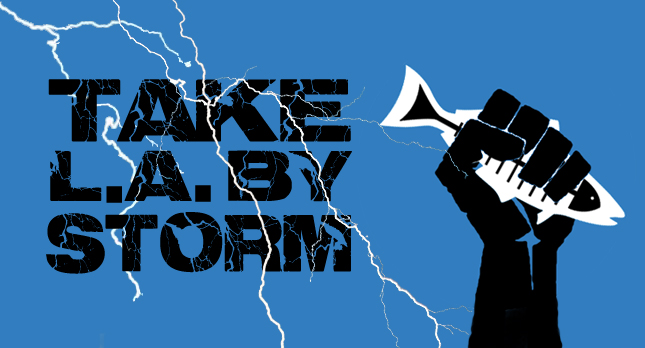June 4, 2012
The California Travel Association (CTA) will bestow its annual Tourism Stewardship of the Year award this week to Heal the Bay, recognizing us for doing the most to “protect, preserve, restore, improve, expand, or otherwise enhance California’s natural, cultural, or historical treasures.”
In honoring Heal the Bay, the CTA noted our education and advocacy initiatives to protect oceans statewide and beautify beaches for the millions of people who visit California each year, including:
- The Beach Report Card® that provides weekly water quality grades to more than 500 California beaches;
- Our advocacy work to help create newly established Marine Protected Areas off the coast of Southern California;
- The ongoing education of nearly 100,000 visitors to Heal the Bay’s Santa Monica Pier Aquarium and
- Our contribution to ending the scourge of pollution on our shores by sponsoring a number of regional and statewide measures that have significantly reduced urban runoff and marine debris.
Heal the Bay’s Coastal Resources Director, Sarah Sikich, will accept the award on Heal the Bay’s behalf during an event organized by the state’s leading travel trade organization during its annual convention June 4-6 in Sacramento. Heal the Bay is among seven honorees designated by the CTA, including surf industry legend Jack O’Neill, the Francis Ford Coppola winery and Napa Valley chef Michael Chiarello.
“Protecting the California coastline isn’t just good for the environment,” said Sikich. “It’s good for the statewide economy. The millions of visitors who come to our beaches each year expect clean water and sand. We all have a duty to protect what we love.”
Learn more about all the ways you can help Heal the Bay.
Full information on all the award winners here.




